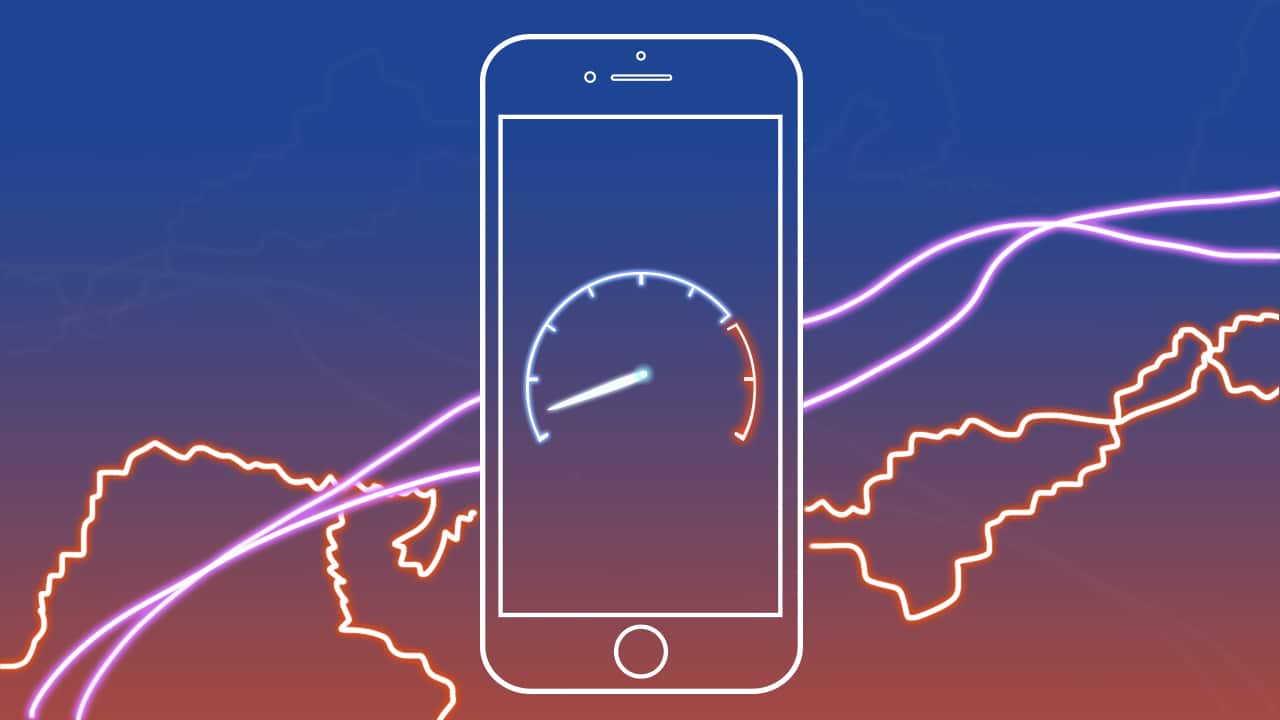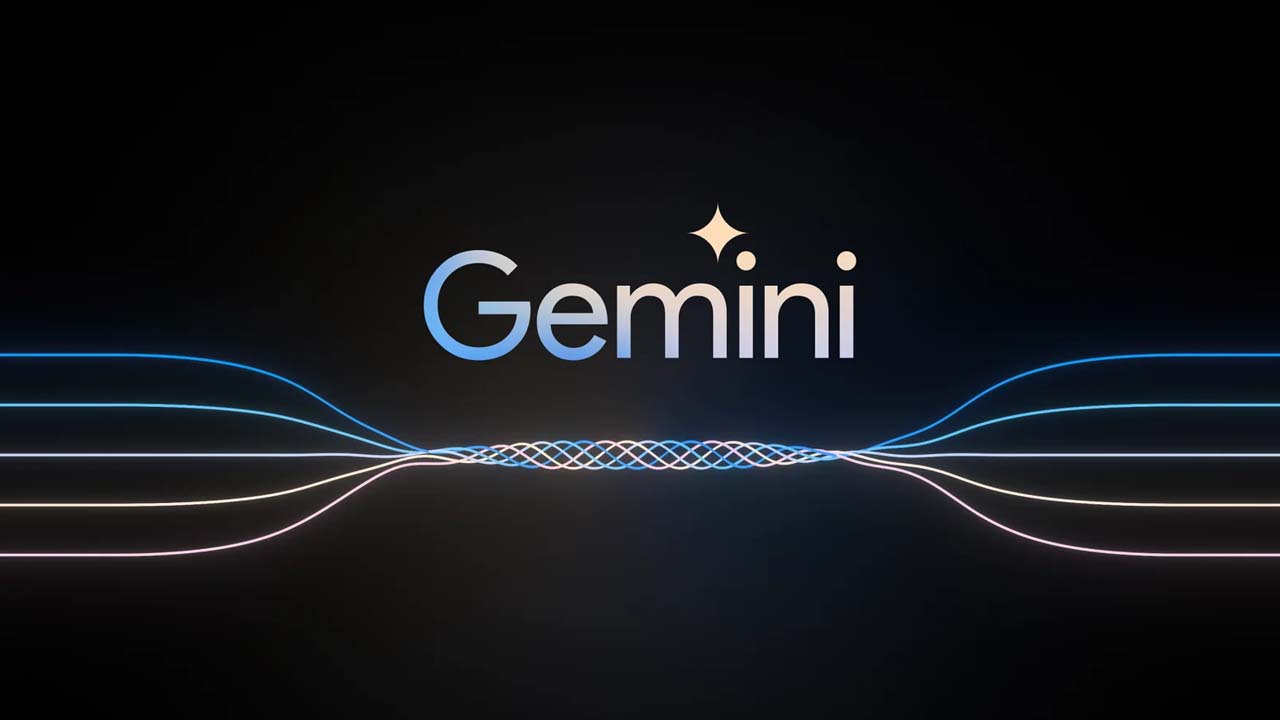Enterprise
Philippines still ranks near bottom for 4G LTE speeds and availability

OpenSignal released its latest crowdsourced 4G LTE report for June, and the data doesn’t look good for India and the Philippines. South Korea is doing better than ever, however.
Compared to the data we looked over last November, 4G LTE mobile data has been experiencing greater availability and speeds around the world, but that’s a given with the growing ubiquity of the technology. Check out the graphs below to see how each country ranks worldwide:
Based on data collected from over 550,000 devices from January 1 to March 31, 2017, there’s no beating around the bush on how to approach these findings.
Here are our most noteworthy observations for Asian nations:
South Korea continues to dominate
Ranking on top for 4G availability (96.38 percent) and second for 4G speeds (43.46Mbps), South Korea is once again the destination for nationwide mobile data convenience. Only Singapore was able to best South Korea with slightly faster connectivity (45.62Mbps), but remember that the former has only a tenth of the latter’s population, making the airwaves less congested.
The Philippines ranks in the bottom five for both
The Southeast Asian archipelago is once again near the bottom for both 4G availability (52.77 percent) and average speed (8.59Mbps). This is no better than the showing the Philippines had last year, when it was also at the bottom of the barrel for each chart. However, there are still marginal improvements: The republic previously had an availability of only 44.8 percent and average speed of 7.27Mbps.
India improved in one aspect, failed the other
The most interesting information is India’s rise and fall for each statistic. The country now has a 4G availability of 81.56 percent, which is a great improvement over the 71.6 percent from last November. Unfortunately, the average 4G speed didn’t experience the same boost. In fact, the average speed went down to 5.14Mbps from the 6.39Mbps we saw last time — you can barely call that faster than the average 3G speed of 4.4Mbps.
4G LTE is steadily improving, but 5G is fast approaching
It’s easy to forget, but 4G LTE came out when 3G and its advancements didn’t fully mature yet. The same case may be happening soon, with companies like Qualcomm and Google already testing 5G connectivity in the United States. We have to hope that 4G and LTE technologies don’t go through the same fate, and that local mobile service providers maximize them before jumping on the newer generation.
[irp posts=”2500″ name=”LTE-A Explained”]
Source: OpenSignal


The ongoing trade war between the United States and China is putting a lot of companies out of business in one country. While all eyes are currently on America’s crusade against TikTok, China has launched a salvo of its own. The country has started banning AMD and Intel, starting with government devices.
Recently, as reported by the Financial Times, China has introduced a new rule that bans American chipsets and servers from government agencies. The new ban includes AMD, Intel, and Microsoft Windows.
In lieu of the now-banned brands, Chinese government agencies must use approved brands from a list of 18 Chinese manufacturers. Unsurprisingly, the list includes Huawei, another brand involved in the ongoing trade war. (Huawei is still banned on American soil.)
As with bans from America, China’s latest rules stem from a desire to implement national security. Both countries allege that using brands from the opposing side will open a potential avenue for transferring classified information.
Currently, the ban against the American chipsets are only affecting government devices. However, if it follows the same trajectory as Huawei and TikTok in the United States, a government-only ban might soon lead to an all-out ban on consumer devices. As TikTok is currently hanging in the balance, it’s unlikely that the trade wars will cool down anytime soon.

So far, Apple’s greatest enemy has been the European Union. Months and months of claiming that the company engages in anti-competitive practices, the region has successfully caused Apple to drastically change a lot of things about the iPhone including the Lightning cable. Now, a new challenger wants Apple to answer for its supposed grip on the industry: the United States government.
Today, the Department of Justice is officially suing Apple for supposedly monopolizing the smartphone industry and stifling competition. The lawsuit alleges that Apple’s lineup of products prevent users from trying out other brands. For example, Apple limits how well a third-party smartwatch works on an iPhone, pushing users to go for an Apple Watch instead.
The lawsuit also includes an important pain point in Apple’s fight in Europe. It says that the company makes it difficult for iPhone users to communicate with Android users (and vice versa). Late last year, the company already committed to supporting RCS as a messaging standard, finally easing communication between the two systems. Their adoption has yet to arrive, though.
Though not as stringent as Europe, the American government is no slouch when it comes to questioning its own companies for pursuing anti-competitive practices. In the past, it went through Google and Spotify to protect the interests of its citizens. The lawsuit against Apple is no different, gathering signatures from sixteen states.
For Apple’s part, the company aims to get the case dismissed, alleging the lawsuit’s unfair scope of just the American people when it targets the entire world.
SEE ALSO: Apple opens first Developer Center in Southeast Asia

With how technology is these days, it’s no surprise that the next big thing is always just over the horizon. However, these developments often happen year after year. Today, artificial intelligence is strapping a rocket to this already fast trend. Only a few months since the launch of Gemini, Google has already launched its successor, Gemini 1.5.
Launched only recently, Gemini is a marvel in itself. Prior to the model, Google was already a force in the AI world with Bard. Gemini takes the former model and improves an already impressive service. Currently, users — both in business and for personal use — can subscribe to the service.
Today, Google has confirmed that Gemini 1.5 is official. The company is touting how much more impressive the new version is, compared to its predecessor. For one, Gemini 1.5 Pro is just as powerful as the current Gemini Ultra, beating the latter on 87 percent of tests. The new version is reportedly more efficient in allocating only the necessary resources for queries, rather than the entire model.
Despite allocating resources, Gemini 1.5 can handle a million tokens at a time. For reference, Gemini Pro can only handle 32,000 tokens at a time. Basically, the new version can parse through a humungous chunk of data all at once without batting a digital eye. (Google is claiming that capabilities for 10 million tokens is nearing, too.)
If you want to see what a million tokens in the palm of your hand feels like, Gemini 1.5 is already available for developers and business users. However, a wider rollout is still coming soon.
-

 Accessories2 weeks ago
Accessories2 weeks agoApple Vision Pro Review: Two Months Later
-

 Features4 days ago
Features4 days agoFortify your home office or business setup with these devices
-

 Gaming1 week ago
Gaming1 week agoThe Rogue Prince of Persia looks like an ultra-colorful roguelite
-

 Deals2 weeks ago
Deals2 weeks agoSamsung Awesome April: Deals on Galaxy A series
-

 Philippines2 weeks ago
Philippines2 weeks agovivo Y100 to release in Philippines on April 27
-

 Gaming1 week ago
Gaming1 week agoStar Wars Outlaws release date revealed
-

 Accessories7 days ago
Accessories7 days agoLogitech unveils G Pro X 60 gaming keyboard: Price, details
-

 Deals7 days ago
Deals7 days agoTCL P635 TV: Big savings for TCL’s anniversary

























